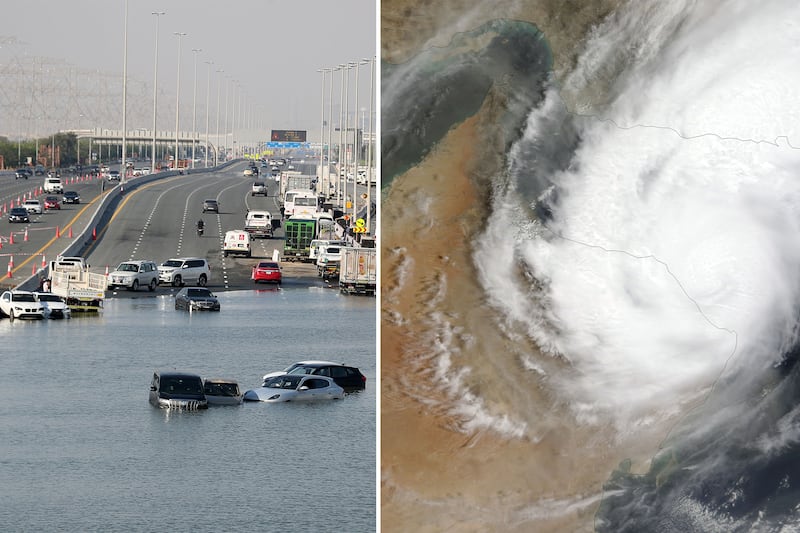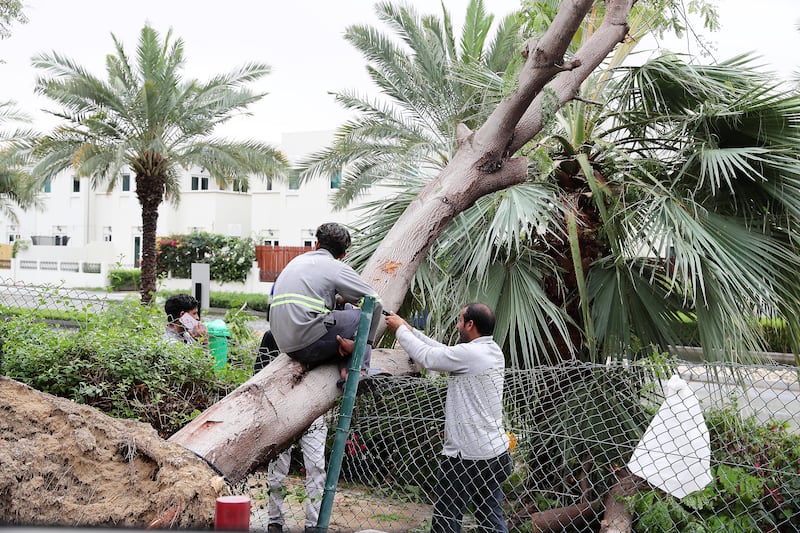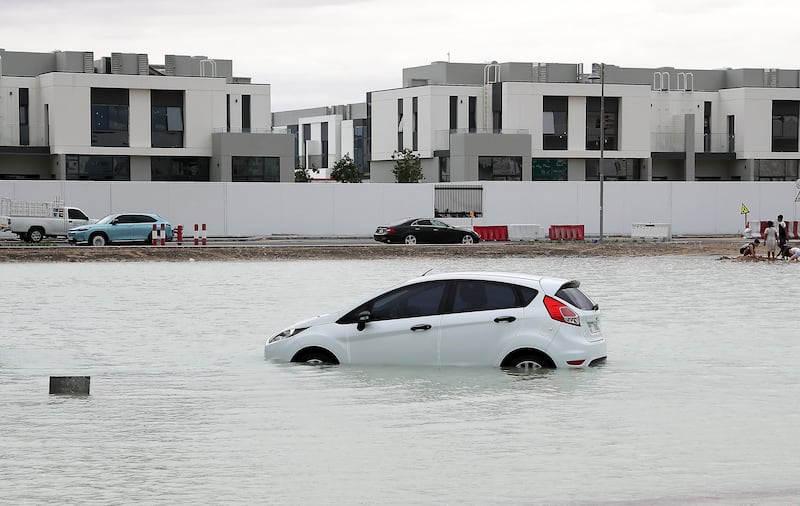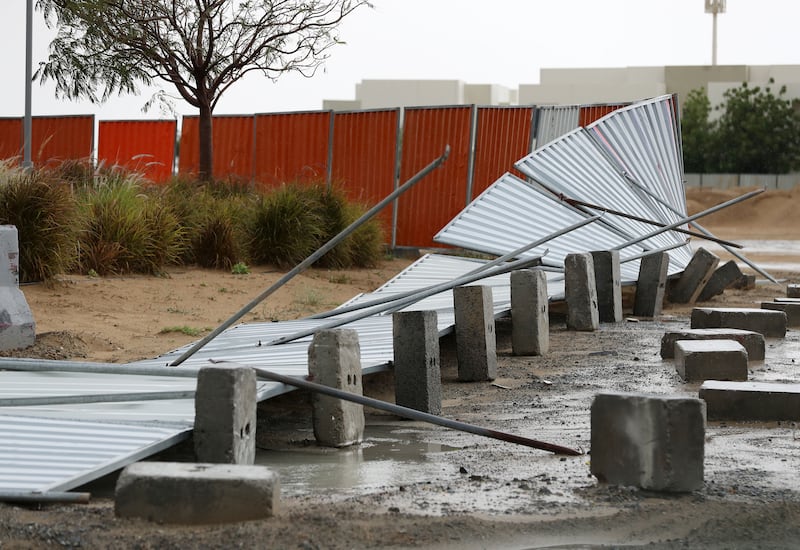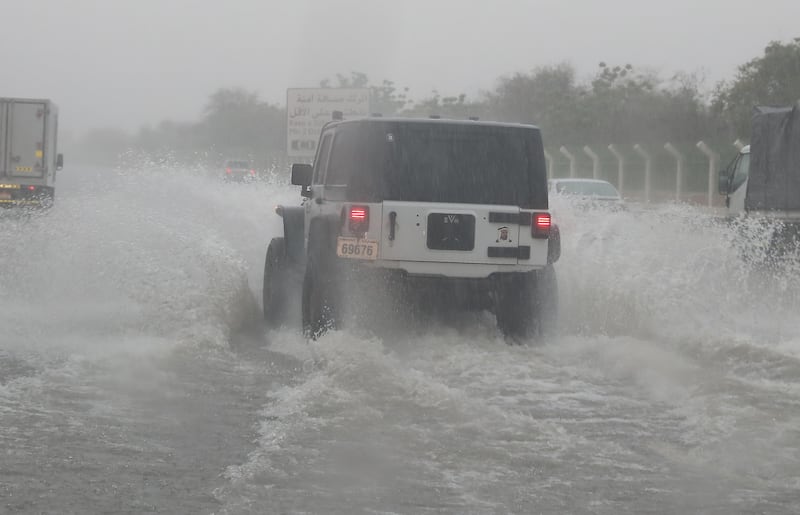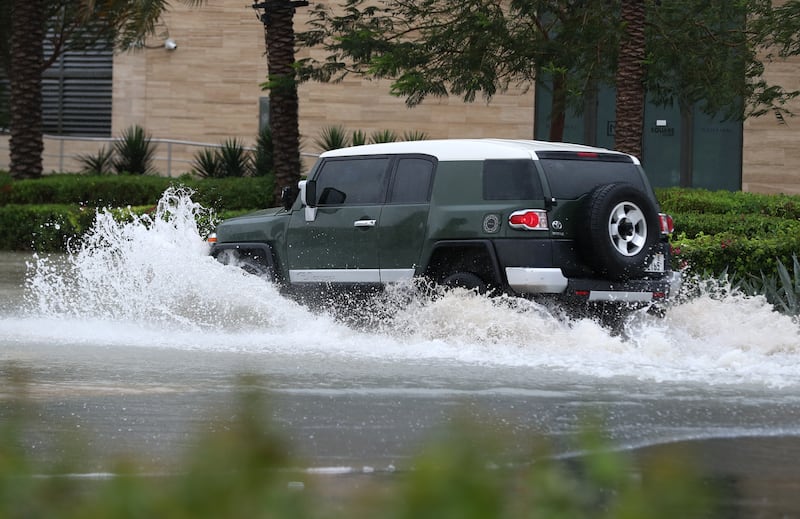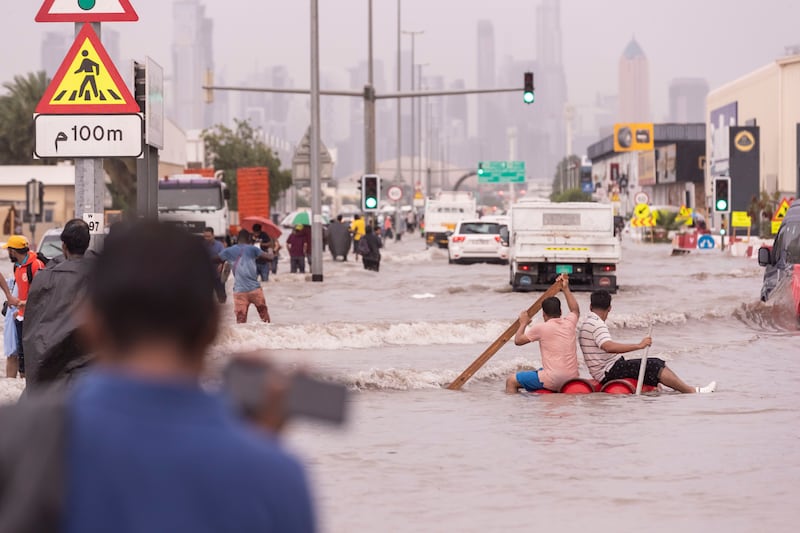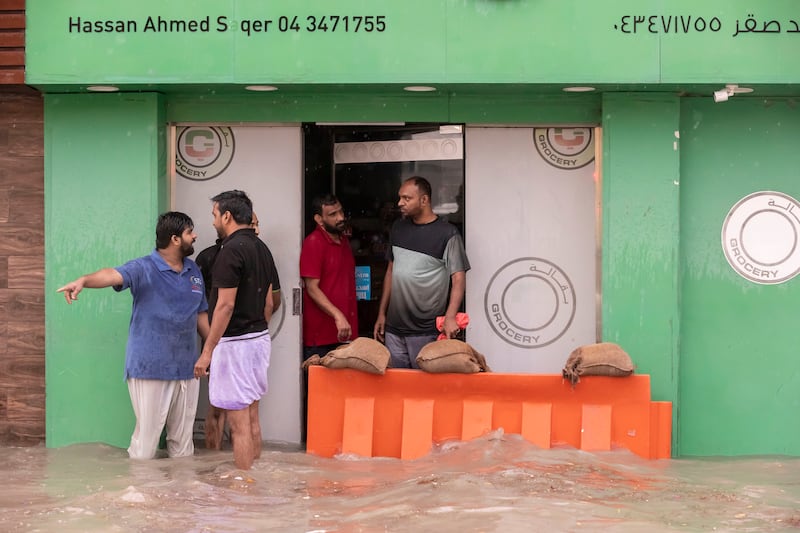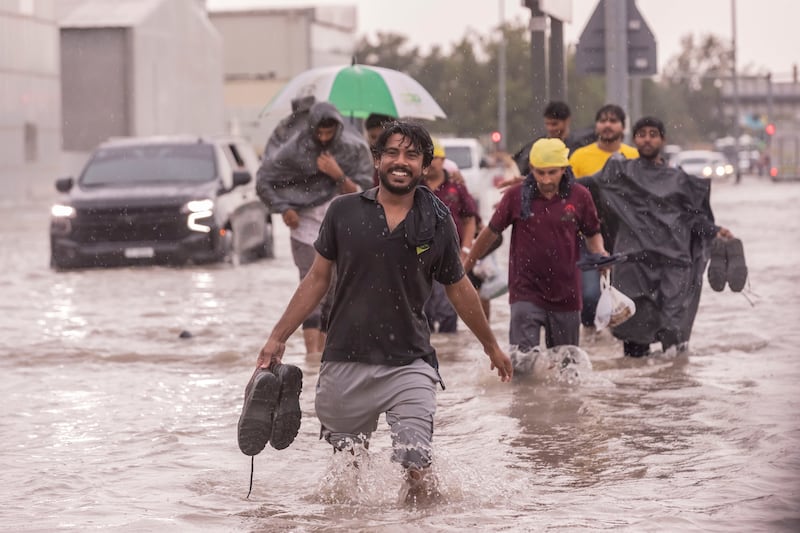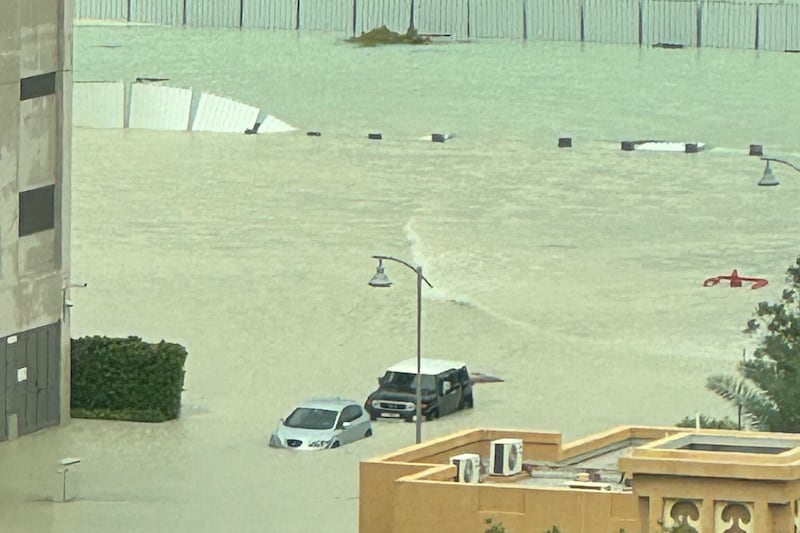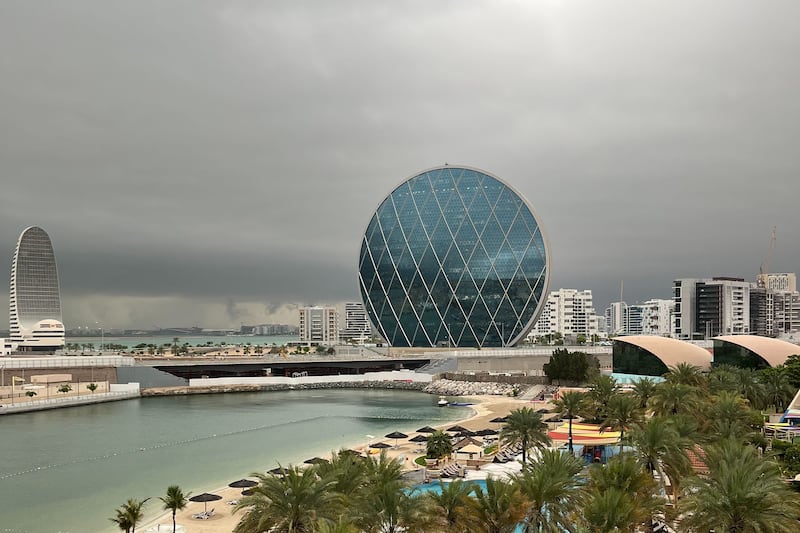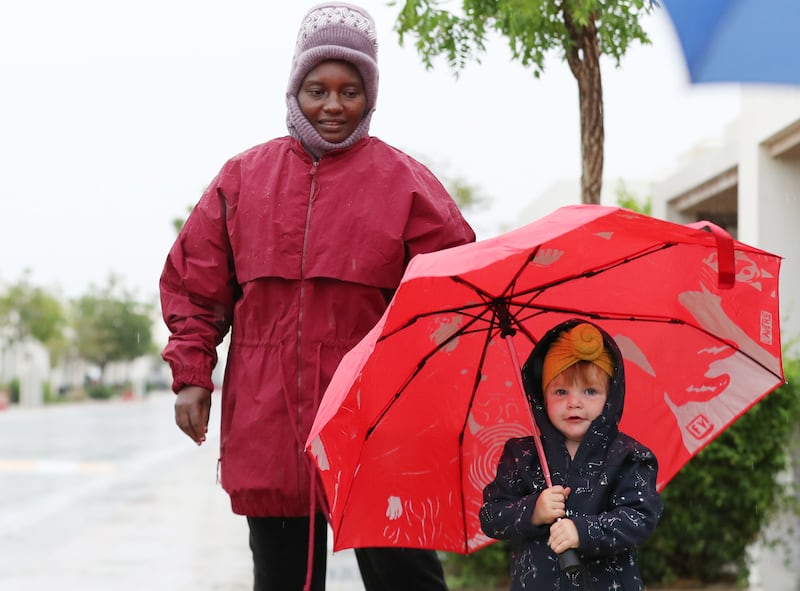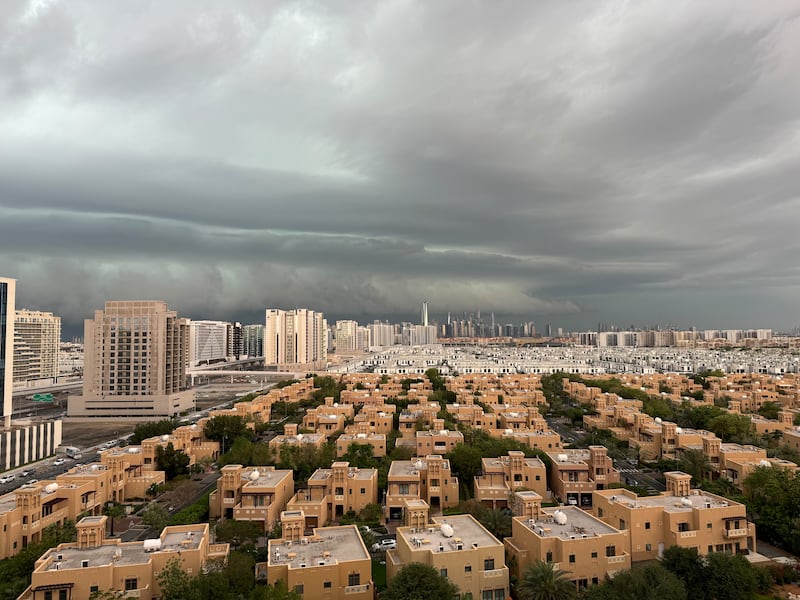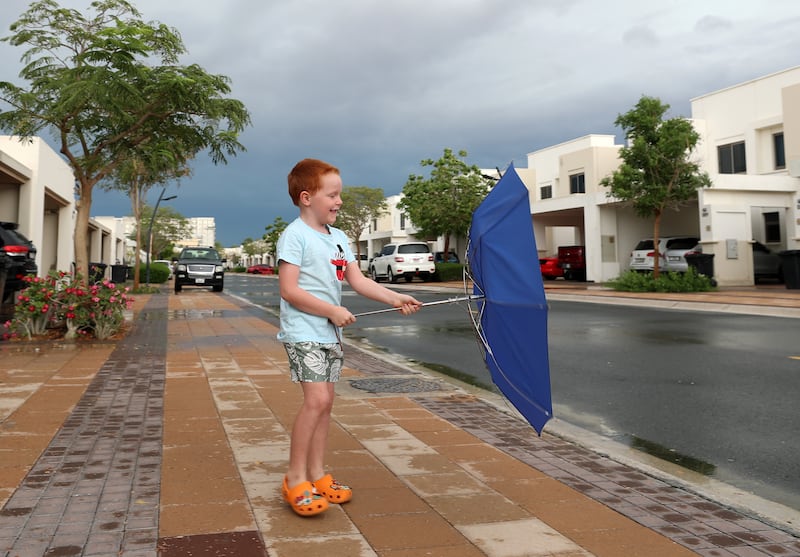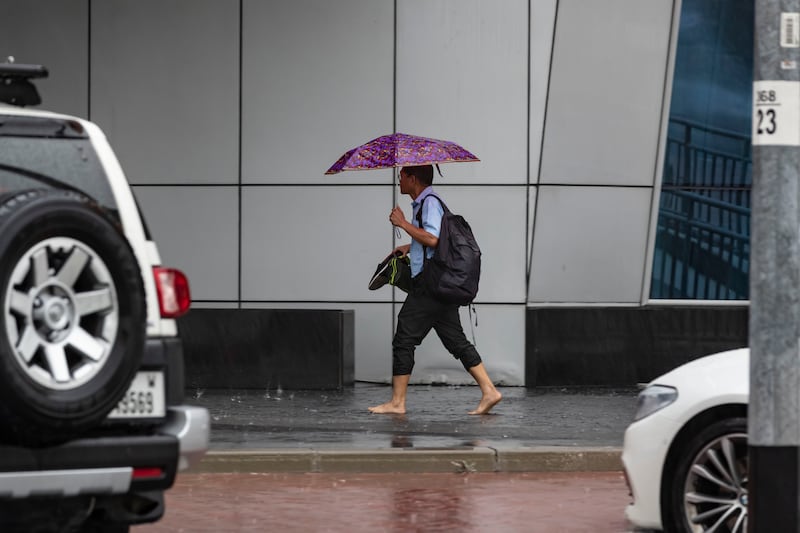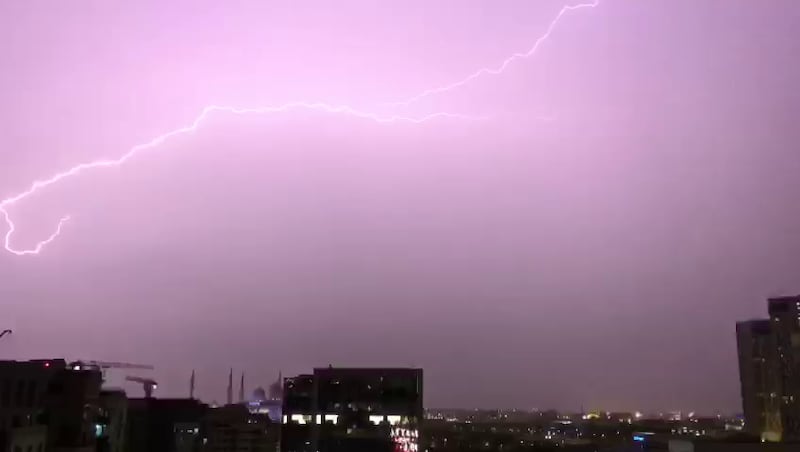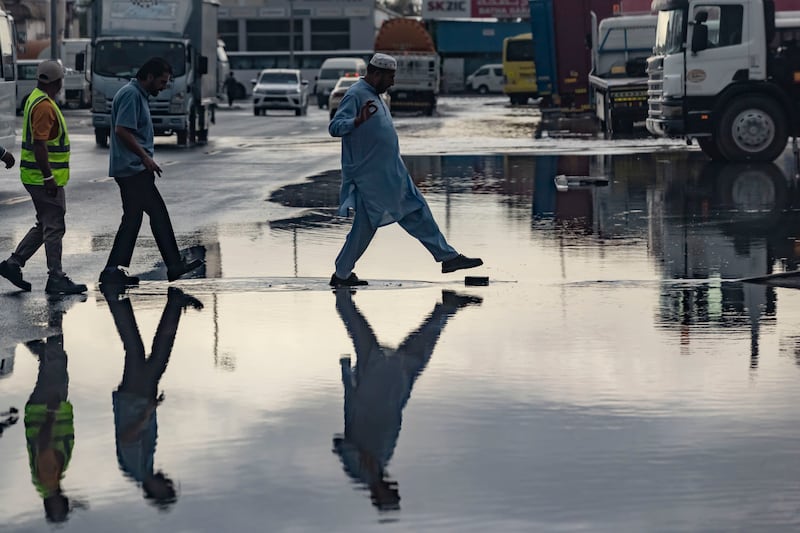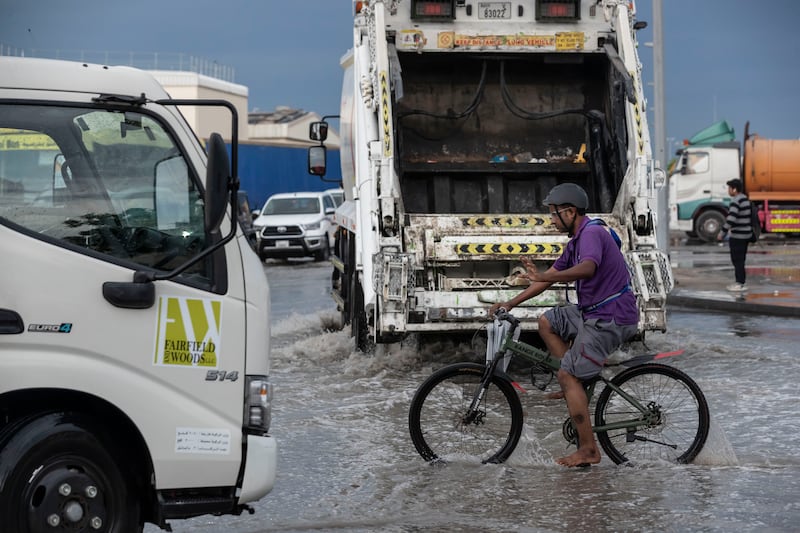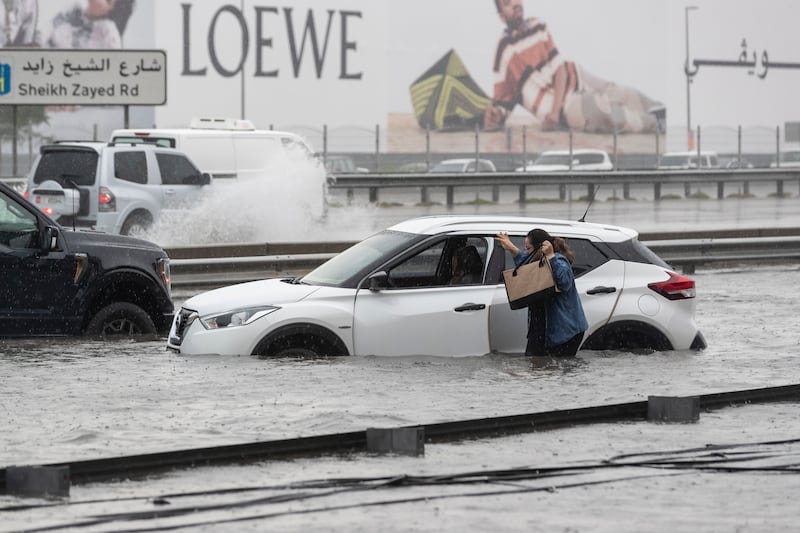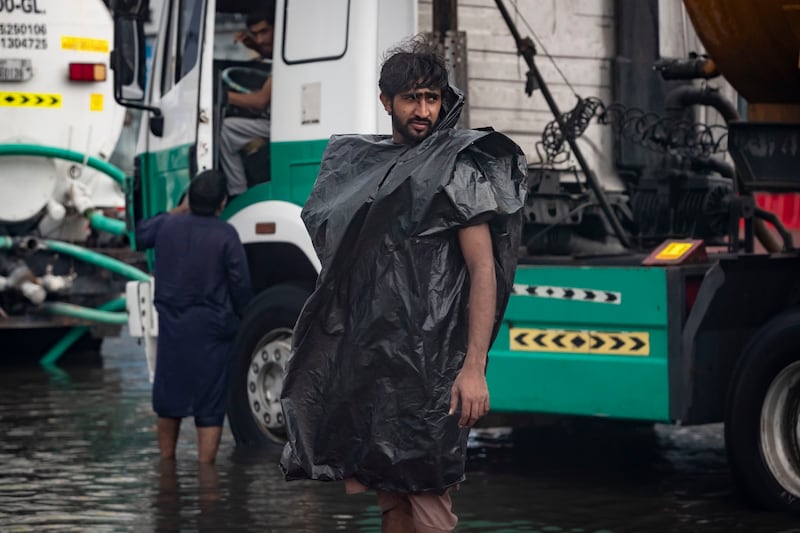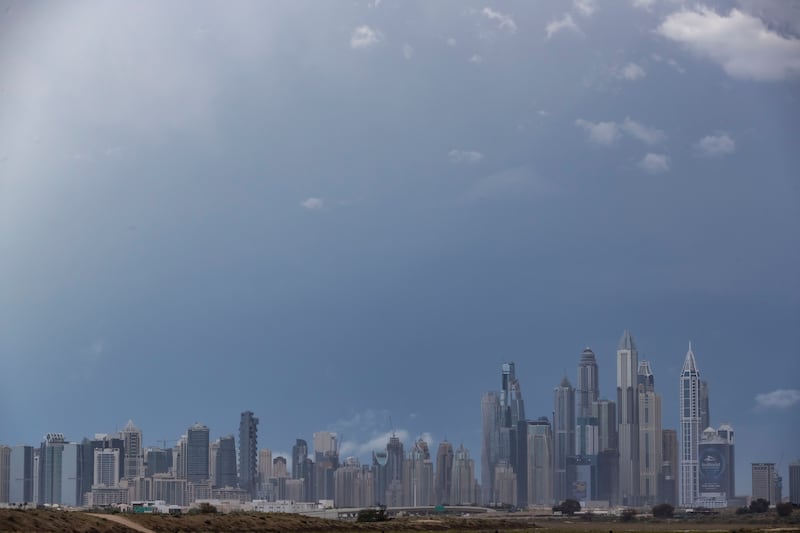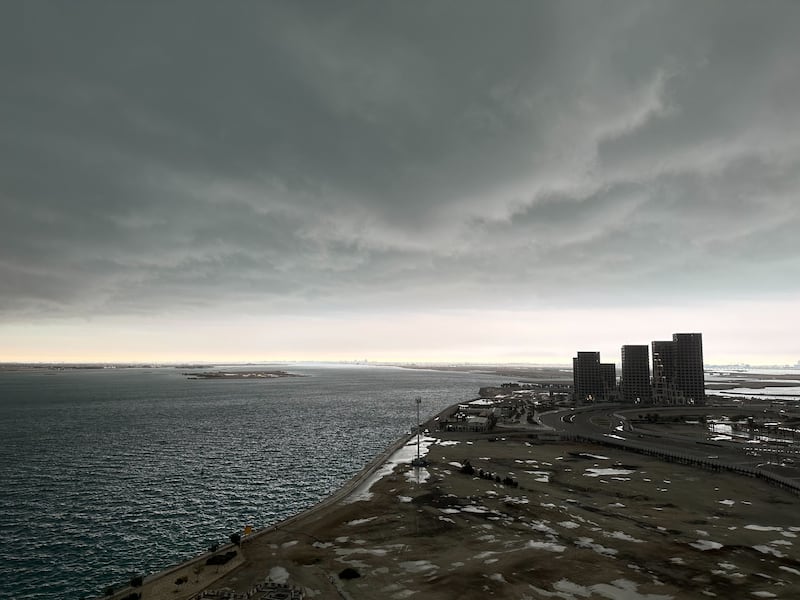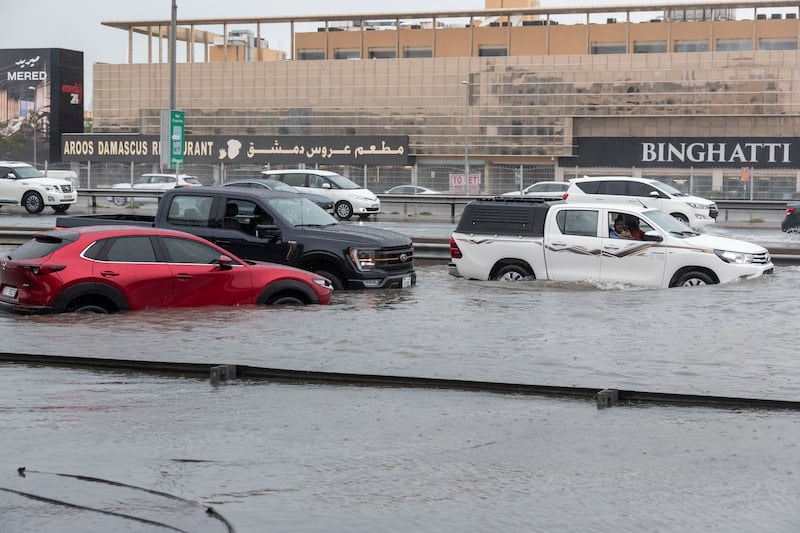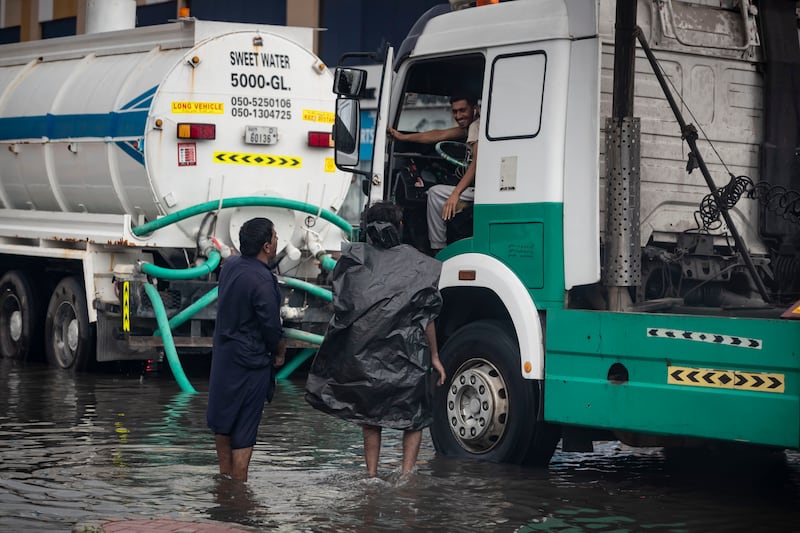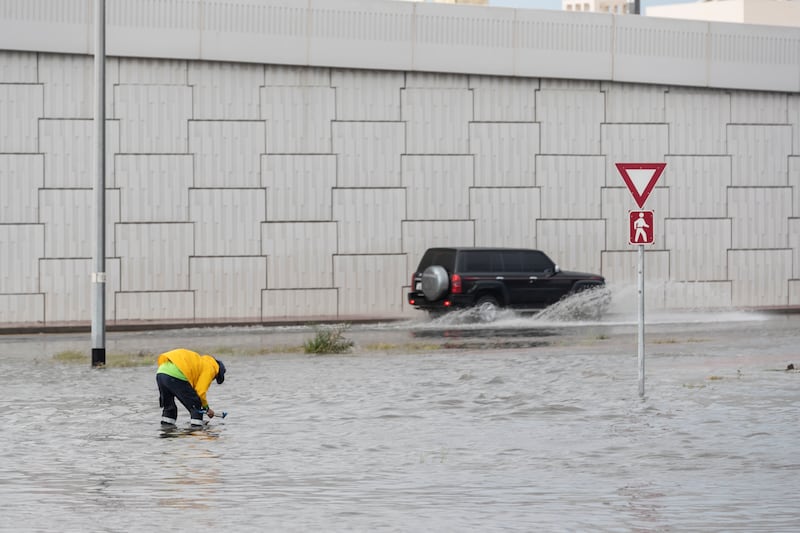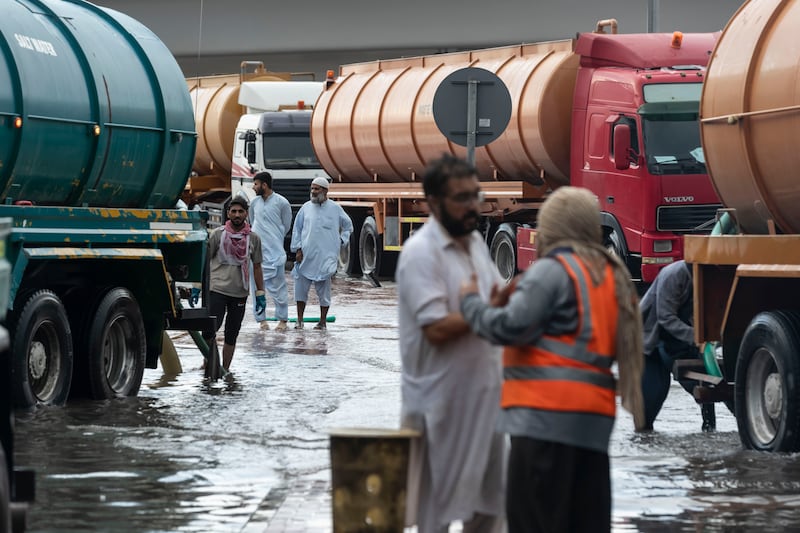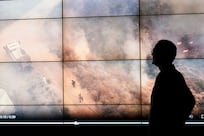Record rainfall pummelled the UAE and Oman during last week’s storm, and a brief look back at historic weather data shows just how unusual it was.
The National Centre of Meteorology reported that the daily rainfall total, which reached 142mm in Dubai and an astonishing 254.8mm in parts of Al Ain, was the highest since records began in 1949.
Bringing widespread flooding and destruction of property, the storm dumped a year’s worth of rain in a day. But records also show that weather events with almost equal ferocity have taken place in the past.
Accurate readings of rainfall were previously taken at what was once the Royal Air Force base at Sharjah Airport, dating back to the mid 1930s.
They reveal that December 1944 received a total of 173.5mm of rain, compared to the usual average of 27.9mm for the month.
Overall, between 1934 and 1964, the average total yearly rainfall for the seven emirates was 106.9mm. To put it into perspective, the UK recently experienced one of its wettest winters on record, with 445.8mm of rain in just four months.

The great storm of April 1957
One event stands out as coming close to this week’s weather. The great storm of April 8, 1957, is still remembered for its ferocity, borne out by the records.
That day, 97.3mm of rain is known to have fallen on Sharjah alone, in a year that recorded 340.4mm of rain.
While this week’s storm washed away roads in Al Ain, and inundated shopping malls, the death toll in the UAE was mercifully low.
That was not the case in 1957, when many people lived in palm frond arish or traditional barasti houses and when weather warnings were not available in the absence of radio, television and even telephones.
Susan Hillyard, who lived in Abu Dhabi from 1954 to 1958, was travelling to Dubai with her husband in an oil company dhow, unaware that a storm was about to break. Friends feared the couple had drowned but they survived, passing another dhow near the Creek that had capsized, drowning its seven crew members.
On land, she found widespread destruction, writing later in her memoir: “Outside, where there had been a whole suburb of barastis; there was but one … otherwise the devastation was complete. Not only had the wretched people [lost] their houses but all their belongings too.”
Drought followed by floods
The 1961-1962 period was one of the driest on record, with only 7.8mm of rain. But wet weather returned with a vengeance the following year, when a November storm struck the country.
Abu Dhabi had yet to build the sea defences along the Corniche and the Breakwater, and the low-lying areas of the city were inundated. Large quantities of goods, in those days unloaded on to the beach, were lost.
Dubai was hit hardest. The homes not destroyed were left knee-deep in floodwater. At the new Dubai International Airport, light aircraft and gliders were tossed around like toys.
UAE lashed by heavy rain, thunder and lightning
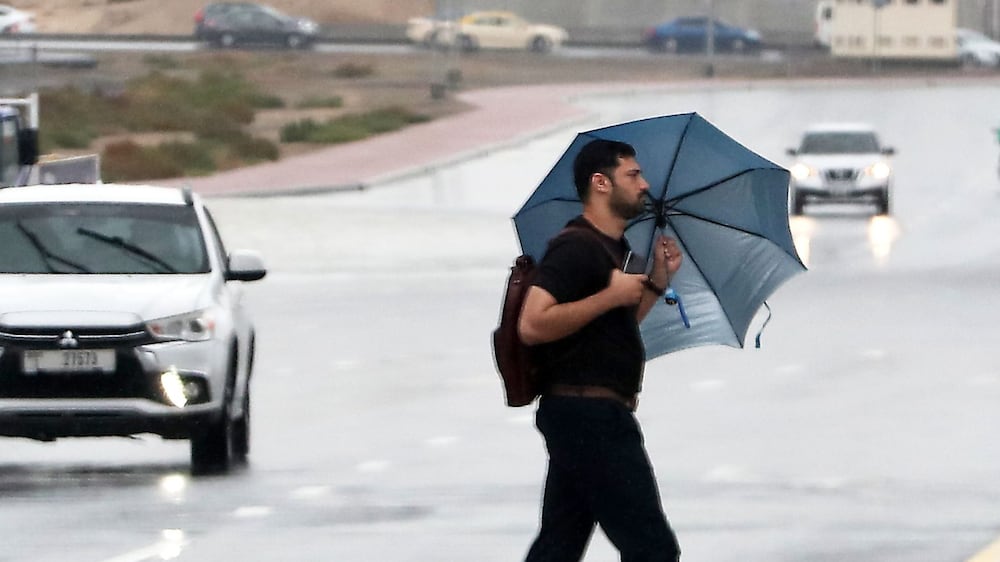
A report for the Emirates Natural History Group journal Tribulus further analysed data from Sharjah up to 2006 and found that the drought of 2000 to 2003 was the worst in 70 years, with only 9mm of rain in 2001.
By contrast, the years 1995 to 1998 were the wettest four years on record. A remarkable total of 1,023.2mm of rain fell during that period, with 318.9mm alone in 1997. The winter of 1995/96 also received more than 376mm of rain between December and March.
Heavy rains in 1982 flooded parts of Abu Dhabi so extensively that some residents used small boats to leave their homes, while in March 9, 2016, winds of 126 kph were recorded at Al Bateen airport.
Two years later, a combination of high winds and driving rain forced the cancellation of a concert by pop star Dua Lipa.
Deadliest of all are the tropical cyclones emerging from the Indian Ocean. By the time they reach the UAE, their worst force is largely spent, although Cyclone Gonu in 2007 killed ten passengers after a boat sank in Fujairah Port.
Gonu killed about 50 people in Oman, whose coastal regions bear the brunt of cyclones.
There have been dozens over the years, with the UK’s consul general in Muscat writing of a storm in May 1963 that: “Part of the wall surrounding the British Bank of the Middle East, which is built in the main wadi of the town, collapsed under the weight of the floodwater. The inside of the bank was flooded to a depth of 4 feet 6 inches [1,371mm].
“Barasti and stone houses in the path of the floodwater were destroyed and many others destroyed or damaged by the heavy rainfall.”
In Oman, 18 people were killed in this week’s heavy rain, including 12 schoolchildren who drowned when their bus was swept away by floodwaters.
These events are a reminder that the region is a place of weather extremes, a parched and hot desert land that, from time to time, experiences storms and heavy rains. For the future, the impact of climate change means both are more likely to become more extreme.
